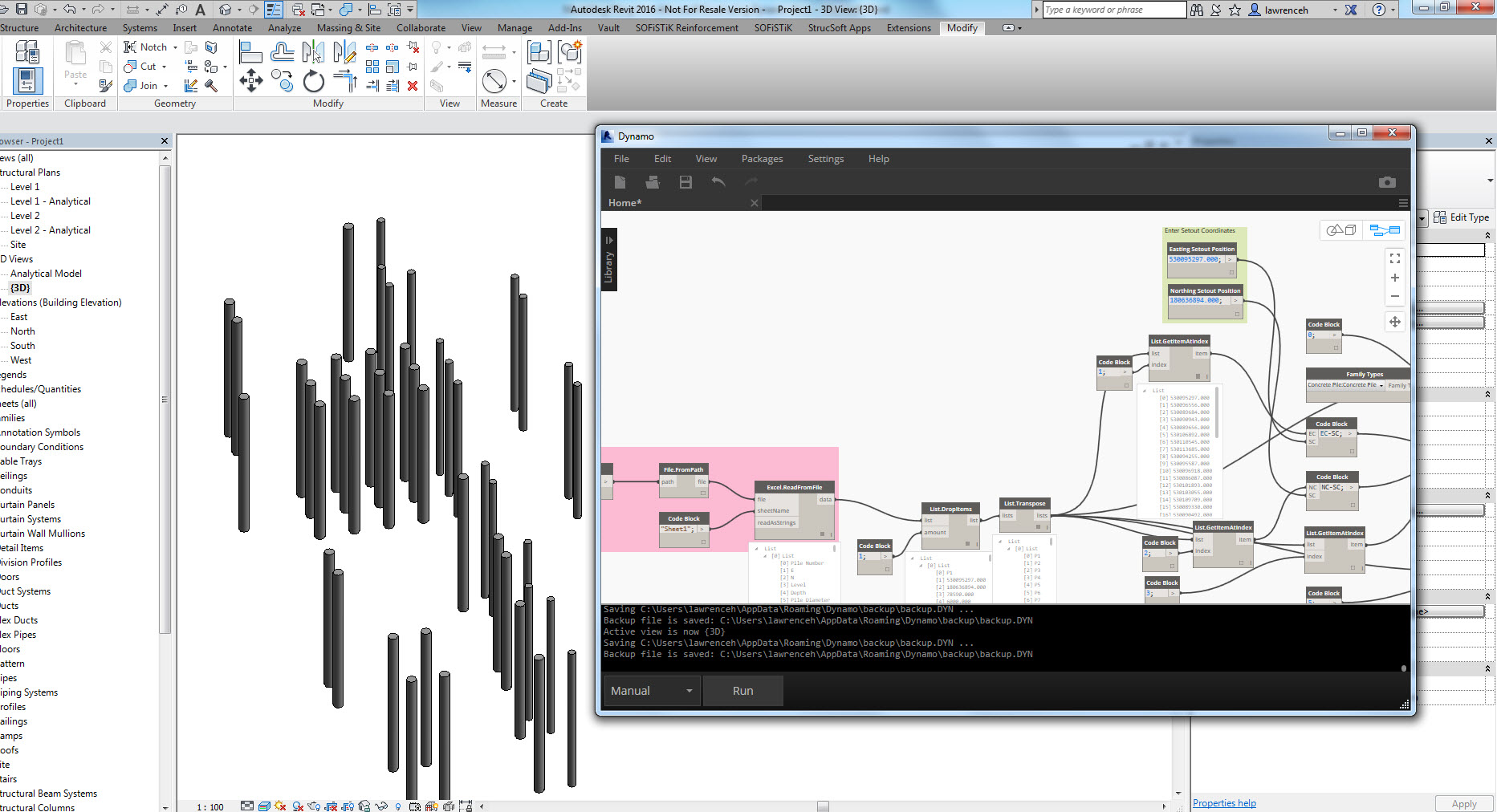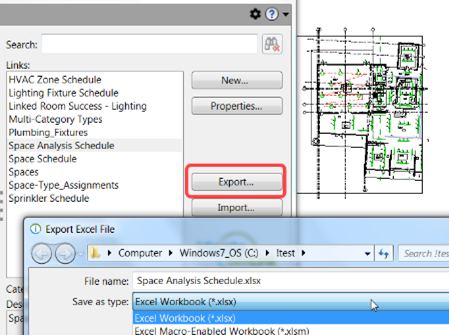Boost Your Revit Experience with Necessary Revit Tools and Add Ins
Wiki Article
Excel Empowerment: Supercharge Your Revit Projects With Seamless Data Import
Are you aiming to supercharge your Revit tasks? With seamless information import, Excel empowerment can be the key to unlocking your job's complete capacity. Picture improving the import process and taking full advantage of performance with seamless data assimilation. In this short article, we will share tips and tricks for utilizing Excel in your Revit projects. Discover just how taking advantage of the Excel-Revit connection can cause success in your jobs. Prepare yourself to take your Revit projects to the following degree with Excel empowerment.The Power of Master Revit Projects
You can supercharge your Revit tasks by using the power of Excel for seamless data import. Excel is a flexible device that can considerably boost your process and productivity in Revit (revit tools). With Excel, you can easily import and take care of large amounts of data, saving you effort and timeOne of the essential benefits of making use of Excel in Revit is its capability to manage complicated calculations and solutions. You can utilize Excel to perform estimations on your information, such as generating amounts, computing prices, or evaluating performance. This can be especially valuable when collaborating with huge jobs that call for substantial computations.

Furthermore, Excel offers a straightforward and acquainted user interface for collaborating with data. You can arrange and control your data in a spreadsheet layout, making it simple to see and edit. This can be especially handy when collaborating with others or when you require to make quick changes to your project information.
Moreover, Excel enables you to conveniently import and export data between Revit and various other software application applications. You can import information from external resources into Revit, such as material specifications or equipment timetables, and export data from Revit to Excel for additional evaluation or reporting.
Streamlining Information Import With Master Revit
When utilizing Excel as a device,Improving data import in Revit becomes simpler. With Excel, you have the power to flawlessly import and take care of big quantities of information in your Revit tasks. By making use of the acquainted user interface and functionality of Excel, you can save time and increase efficiency in your process.Among the key benefits of making use of Excel for information import in Revit is the ability to quickly arrange and manipulate information before importing it right into your task. With Excel's effective features, such as arranging, filtering, and formulas, you can promptly cleanse up and style your information to satisfy the demands of your Revit task.
Furthermore, Excel enables you to import data from different sources, such as data sources, spreadsheets, and even online applications. This versatility provides you the flexibility to gather data from different systems and combine it right into one main place for very easy gain access to and management.
In enhancement, Excel offers the choice to produce custom themes for information import in Revit. By producing layouts tailored to your project's specific demands, you can make sure uniformity and precision in your data import procedure.
Total, making use of Excel as a tool for information import in Revit improves the process and boosts your efficiency. So why not capitalize on this powerful device and supercharge your Revit projects with smooth information import making use of Excel?
Making The Most Of Effectiveness With Seamless Information Integration
Take full advantage of efficiency by effortlessly integrating and handling information in your process. Gone are the days of manually inputting data right into your system, wasting priceless time and resources. With seamless information assimilation, you can improve your procedures and supercharge your productivity.
When you have a smooth assimilation system in area,Taking care of information comes to be a breeze. You can easily organize and categorize your information, making it much easier to get and analyze. Bid farewell to the days of undergoing limitless spread sheets for that one item of info you need.

Excel Idea for Revit Projects
Furthermore, you can make use of Excel to develop custom-made themes for information import and export. This means, you can make certain consistency and accuracy when moving data between Revit and Excel. Overall, understanding these Excel methods and pointers will considerably improve your capability to take care of and control information in your Revit jobs.Using the Excel-Revit Connection for Success
To maximize your Excel-Revit connection, take advantage of the capacity to effortlessly synchronize and transfer task info. By harnessing this effective link, you can supercharge your Revit projects and enhance your workflow. With simply a couple of easy steps, you can import information from Excel straight into Revit, conserving you time and making certain accuracy.One of the vital benefits of the Excel-Revit connection is the capability to move information effortlessly. Whether you are importing routines, room data, or perhaps geometry info, Excel provides an user-friendly interface that enables you to arrange and control your information prior to importing it right into Revit. This suggests you can quickly upgrade and customize your project info in Excel, and with a few clicks, transfer those adjustments directly into your Revit model.
Along with transferring data, the Excel-Revit link additionally permits synchronization. This means that any type of modifications made in Excel can be automatically upgraded in Revit, making sure that your task information is constantly up to day. This synchronization attribute is especially useful when managing big and complicated projects, as it removes the requirement for hand-operated data entrance and minimizes browse around this web-site the risk of mistakes.
Conclusion
So there you have it - the power of Excel in Revit tasks can not be ignored. By streamlining data import and maximizing effectiveness through smooth data assimilation, you can supercharge your jobs and achieve success. revit add ins With the Excel-Revit connection, you have the devices to take your tasks to the next level and attain amazing results. Don't wait any type of longer, start taking advantage of the power of Excel in your Revit projects today and unlock a globe of possibilities.You can supercharge your Revit projects by utilizing the power of Excel for seamless data import. With Excel, you have the power to flawlessly import and handle huge quantities of data in your Revit tasks (revit plugins). In general, mastering these Excel tricks and suggestions will considerably boost your ability to take care of and adjust information in your Revit jobs
Whether you are importing routines, space information, or even geometry information, Excel supplies an user-friendly user interface that allows you to organize and control your information before importing it into Revit. By streamlining information import and maximizing performance via smooth information integration, you can supercharge your projects and attain success.
Report this wiki page